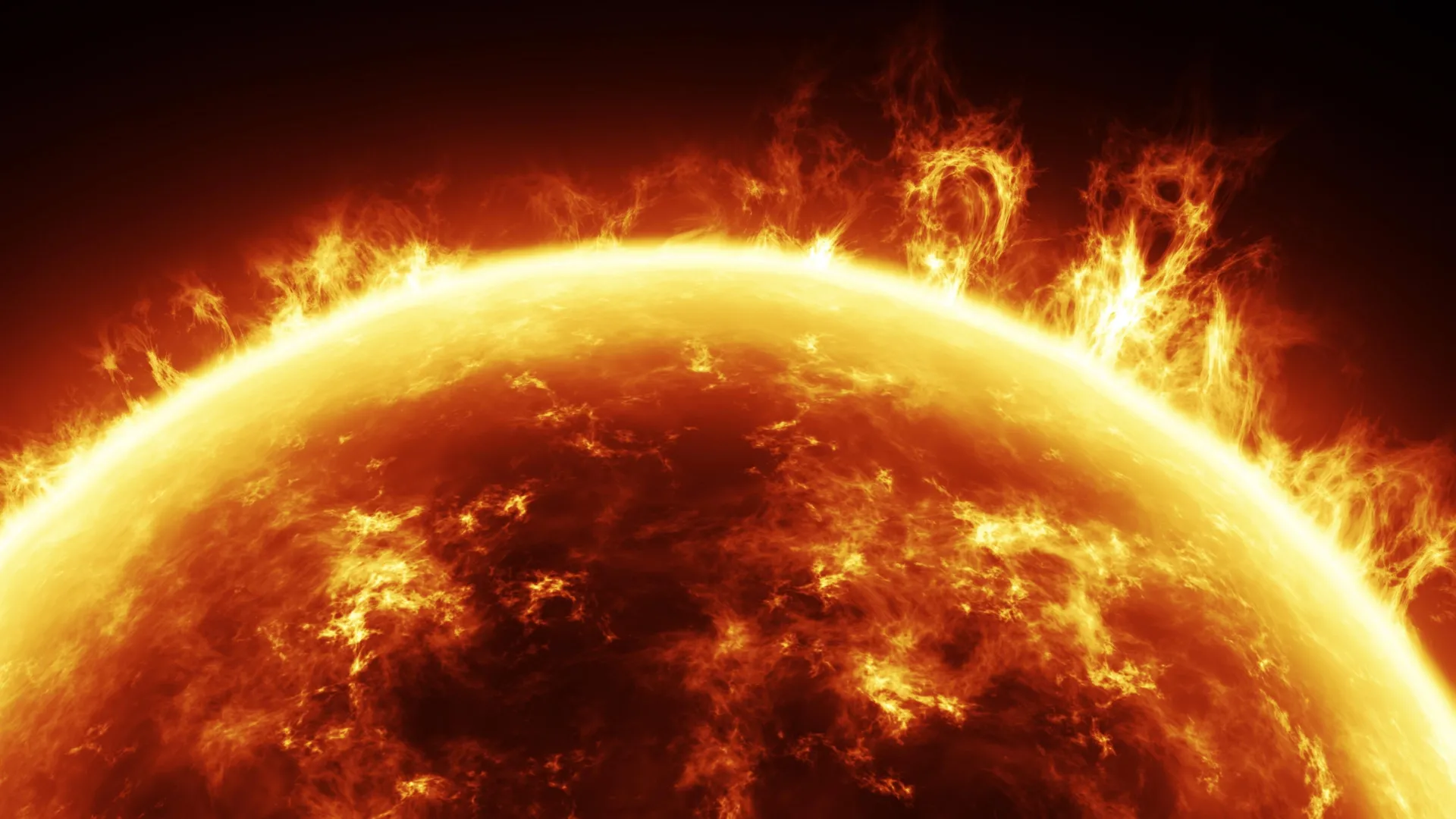It actually rains on the Sun. Here’s the stunning reason
- Date:
- October 15, 2025
- Source:
- University of Hawaii at Manoa
- Summary:
- Scientists at the University of Hawaiʻi have discovered why it rains on the Sun. Solar rain, made of cooling plasma, forms rapidly during solar flares, a mystery now solved by modeling time-varying elements like iron. The finding upends long-held assumptions about the Sun’s atmosphere and could improve predictions of space weather events. It’s a breakthrough that forces a rewrite of how we understand the Sun’s outer layers.
- Share:

It rains on the Sun, and scientists at the University of Hawaiʻi Institute for Astronomy (IfA) have finally uncovered the reason why.
Unlike the water that falls from clouds on Earth, solar rain takes place in the Sun's corona, the outermost layer made of intensely hot plasma. This phenomenon involves cooler, heavier blobs of plasma that condense high above the Sun's surface and then plunge back down. For years, researchers couldn't understand how this "rain" formed so rapidly during solar flares.
New explanation
That puzzle has now been solved by Luke Benavitz, a first-year graduate student at IfA, working with IfA astronomer Jeffrey Reep. Their findings, published in the Astrophysical Journal, fill a critical gap in long-standing solar models.
"At present, models assume that the distribution of various elements in the corona is constant throughout space and time, which clearly isn't the case," said Benavitz. "It's exciting to see that when we allow elements like iron to change with time, the models finally match what we actually observe on the Sun. It makes the physics come alive in a way that feels real."
Why it matters
The discovery gives solar scientists new tools to better simulate how the Sun behaves during energetic flares -- knowledge that could eventually improve forecasts of space weather events that influence technology and communications on Earth.
Earlier models suggested the heating that causes coronal rain should take hours or even days, yet solar flares occur within minutes. The IfA team's new approach shows that changes in the relative amounts of elements, or elemental abundances, can account for the rapid formation of solar rain.
"This discovery matters because it helps us understand how the Sun really works," said Reep. "We can't directly see the heating process, so we use cooling as a proxy. But if our models haven't treated abundances properly, the cooling time has likely been overestimated. We might need to go back to the drawing board on coronal heating, so there's a lot of new and exciting work to be done."
Fresh insights
Their findings also open up a broader range of questions. Scientists now realize that the composition of the Sun's atmosphere changes over time, overturning decades of assumptions that it stayed constant. This insight extends far beyond coronal rain, prompting a reexamination of how the Sun's outer layers evolve and how energy circulates through its atmosphere.
Story Source:
Materials provided by University of Hawaii at Manoa. Note: Content may be edited for style and length.
Journal Reference:
- Luke Fushimi Benavitz, Jeffrey W. Reep, Lucas A. Tarr, Andy S.H. To. Spatiotemporal Low First Ionization Potential Abundance: A Catalyst for Coronal Condensation. The Astrophysical Journal, 2025; 992 (1): 4 DOI: 10.3847/1538-4357/ae019d
Cite This Page: